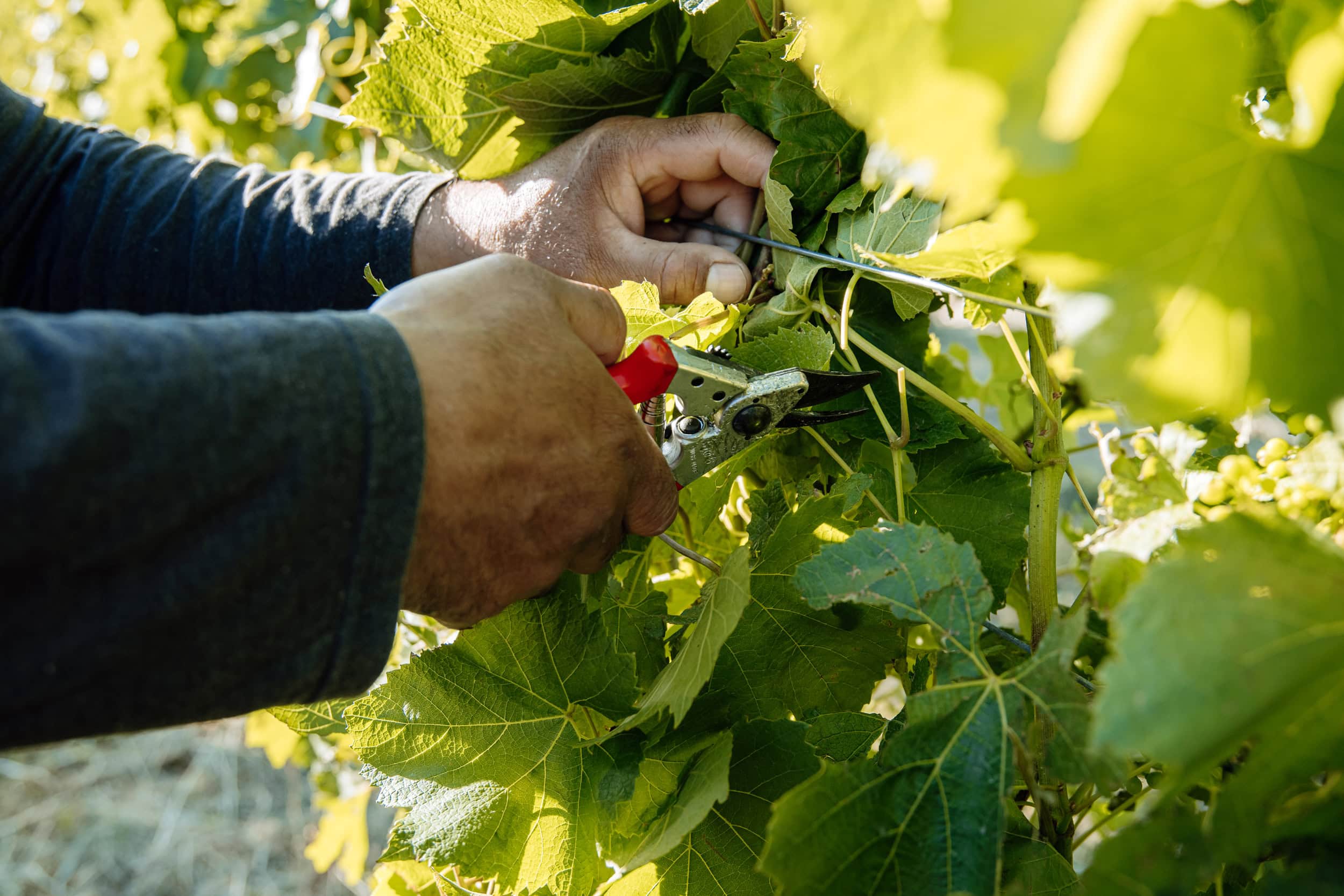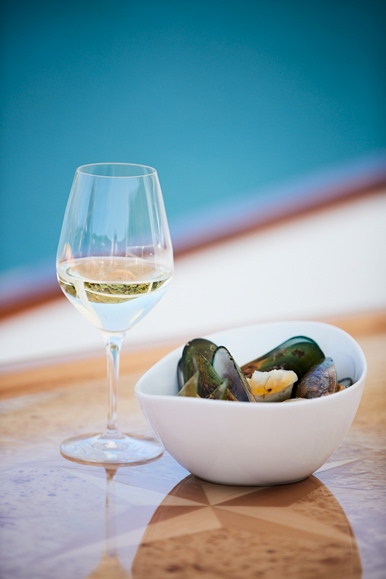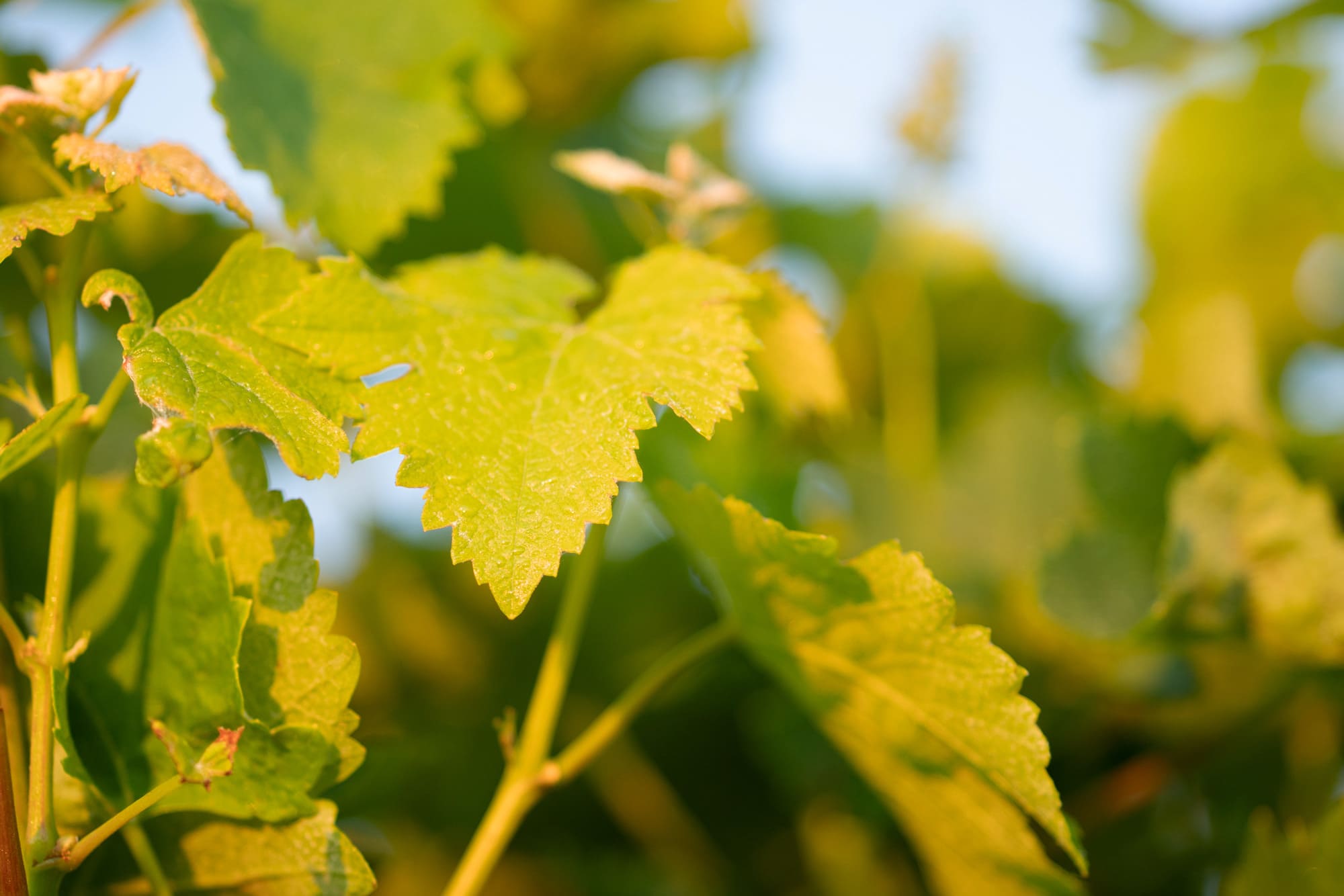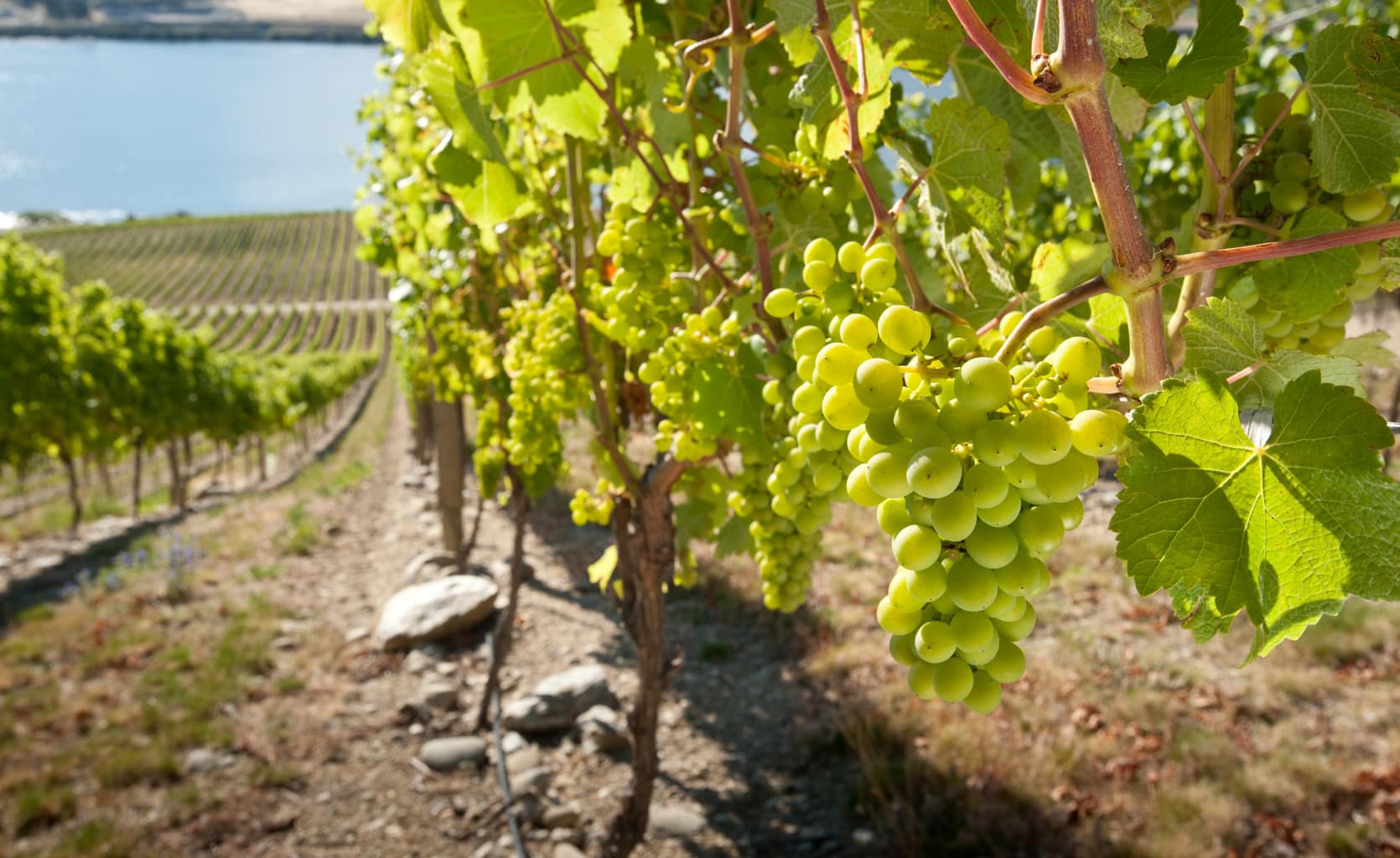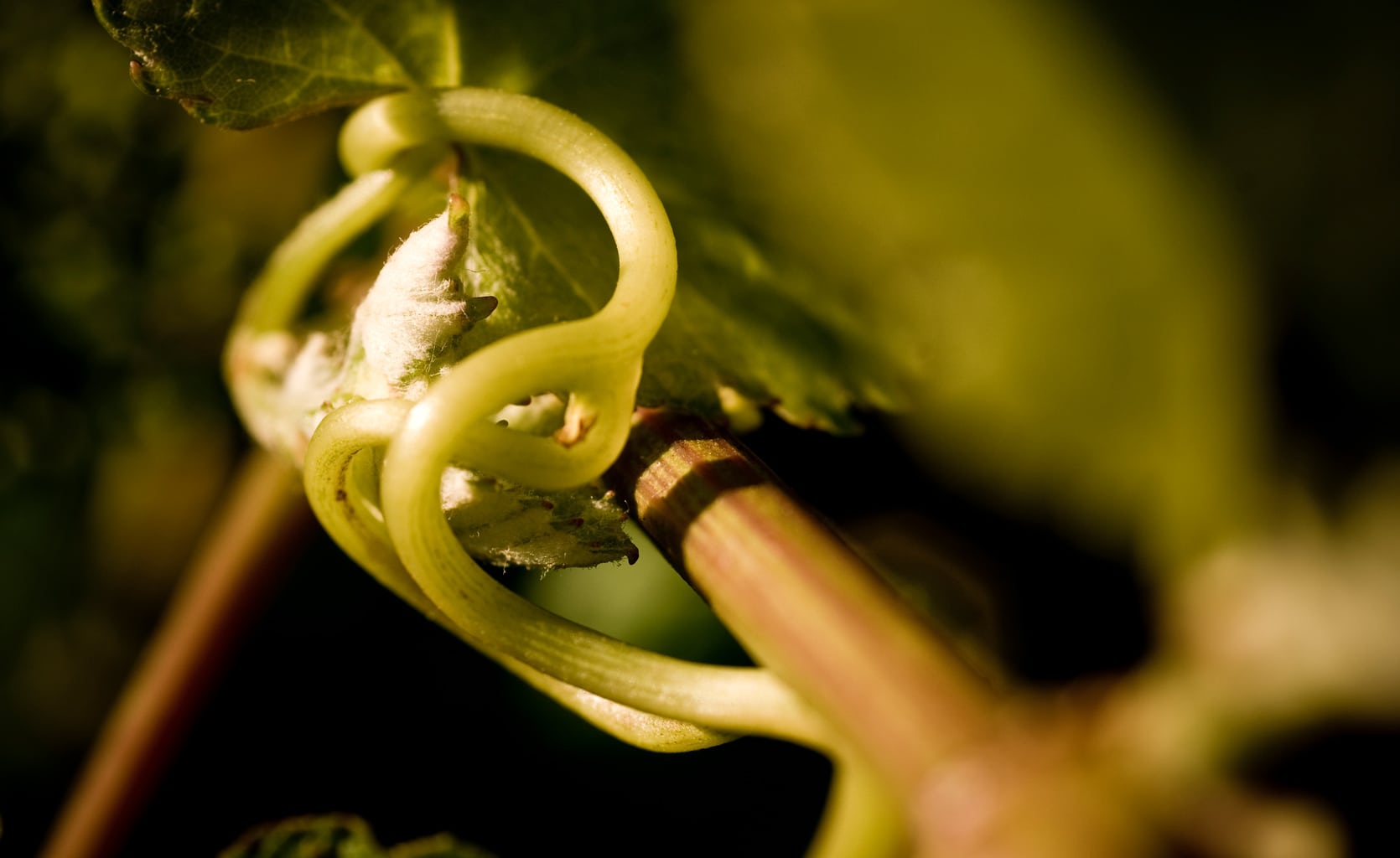In March, BRI invited researchers to submit expressions of interest to undertake new research projects. This year, research proposals were sought that focused on new innovative wine products and improved grape and wine circularity.
Thank you to everyone who applied in this round. Each submission was carefully reviewed by BRI’s Research & Innovation Committee, whose recommendations were presented to the BRI Board for final approval in May.
We are pleased to announce six projects that have been approved for funding. These projects represent a portion of the $300,000 of funding that was available in this round, with additional projects currently in development to ensure all knowledge gaps in BRI’s priority research areas are addressed. Additional projects will be announced in the coming months.
Rapid early detection of powdery mildew using VOCs to enable better control solutions
Research lead: Scentian Bio
Powdery mildew is one of the costliest grapevine diseases in New Zealand and an increasing challenge for growers from both an economic and sustainability lens. It reduces grape yields, drives up vineyard management costs, and degrades wine quality, leading to significant economic losses. Researchers at Scentian Bio will investigate the use of VOC sensing to provide early detection of powdery mildew. Early detection would be a gamechanger, enabling better control strategies and new control solutions – this could include targeted spraying (only when needed and only for affected vines) as well as new biological controls that are better suited to earlier stages of infestation.
Carbon Calculator
Research lead: Bragato Research Institute
The Roadmap to Net Zero sets a goal for industry to be carbon neutral by 2050. This will require greater understanding of diesel use patterns at an activity level so that growers can prioritise practices which enable the goal to be achieved. This project will put the Carbon Calculator in the hands of 100 growers for 12 months so enough data can be collected to inform effective diesel substitutes, better management practices, capex expenditure and carbon transition plans. It can also ensure activity is within the realms of what is possible from a supply perspective.
Single Vine Wine: Development of high throughput oenotyping methodology to support Te Whenua Tupu-Living Lab and SB2.0
Research lead: Plant & Food Research, a group of the New Zealand Institute for Bioeconomy Science Limited (Bioeconomy Science Institute)
Vinification is the most relevant and applicable processing step to fully assess the potential of grapes. We currently lack capability in ultra small-scale micro vinification that is required to distinguish between the winemaking potential of individual vines such as novel clones or new hybrids. Very small grape volumes require a purpose designed capability harnessing both winemaking and laboratory skills. This project will deliver a pre-screening tool to support early-stage selection of new genetics, as well a case study aimed at the detection of clonal differences in aroma from the background of grape processing and vinification noise.
Insect frass in viticulture – Assessing the potential of a circular solution
Research lead: Plant & Food Research, a group of the New Zealand Institute for Bioeconomy Science Limited (Bioeconomy Science Institute)
With high density primary sector production and significant volumes of organic materials currently land spread or landfilled, Marlborough is an ideal launch location for commercial insect agriculture in New Zealand. Insect bioconversion represents a unique opportunity for the New Zealand wine industry to advance toward a circular, zero-waste production system. Insect bioprocessing of industry biowastes and the use of frass as a viticultural soil amendment also supports meaningful market differentiation. This pilot study will focus on the potential of frass to improve soil water retention and enhance the nutrient supply of a Marlborough viticultural soil.
Incorporating genetics and epigenetics into the Central Otago Pinot Noir trial
Research lead: Bragato Research Institute
This project brings genomics into the Central Otago Pinot Noir clonal trial, aiming to understand how genetic and epigenetic differences between commercial clones contribute to vine and wine characteristics. By combining advanced DNA sequencing with vineyard and winemaking data, the research will provide new insights into the biological basis of clonal traits. The results will support evidence-based planting decisions, provide clone identification diagnostic markers, inform future breeding strategies, and enhance our understanding of vine resilience to environmental challenges.
Engineered containment solutions for safe temporary storage of grape marc
Research lead: Bragato Research Institute
This research aims to develop a practical, low-cost solution to help wineries manage grape marc more sustainably during the busy harvest period. By testing locally sourced materials like biochar, chitin, and zeolite, the project will create a containment product that can temporarily hold grape marc while reducing the risk of nitrate leaching. The outcome will enable the maximum holding period from 3 to 21 days and provide wineries with greater flexibility to apply grape marc when labour is available. This work supports circular economy goals.
If you wish to discuss a project idea, please contact us at info@bri.co.nz anytime.


